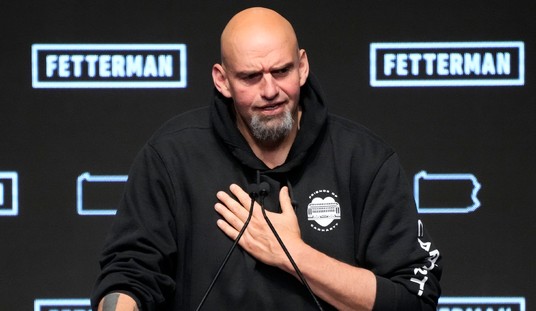When the health reform debate began more than a dozen years ago, most public health advocates touted the need for universal coverage. By the time Congress passed the Affordable Care Act (ACA), however, it had become predicated on also making care accessible for people with pre-existing conditions.
Obamacare allowed people with chronic illnesses to buy health coverage at rates no higher than their healthy neighbors. This feature has always been popular. Americans feel sympathy for those who were penalized for conditions like high blood pressure, high cholesterol and heart disease. Less healthy individuals often paid higher premiums to compensate for their higher risk. Prior to the ACA pre-existing conditions could increase premiums as much as 50% or even 100% of healthy individuals’ premiums. Looking back this seems rather cheap compared to the cost of Obamacare today. Prior to Obamacare most state insurance markets required guaranteed renewability. Thus, consumers not covered by employer plans had an incentive to maintain continuous coverage to avoid higher premiums if they dropped coverage and later tried to enroll. Furthermore, the problem of pre-existing conditions was exaggerated by Obamacare supporters. Wharton School economist Mark Pauly estimated only about 1% of the population was unable to get health coverage due to a pre-existing condition before the ACA.
The ACA did not work as intended. Once health plans were required to accept unhealthy individuals at rates unadjusted for risk, premiums for everyone had to increase. As premiums rose, healthier individuals looked for ways to drop out or reduce their coverage. Unhealthy individuals sometimes tried to game the system, joining when expensive care was needed and dropping soon afterwards. This caused a further increase in premiums. Over time the Affordable Care Act became decidedly unaffordable.
Recommended
When the ACA became law most Americans naively assumed Obamacare would be similar to employee health plans or the individual policies many Americans had before the ACA. That wasn’t the case. The typical Obamacare plan today bears a closer resemblance to Medicaid managed care plans, but with high cost-sharing. Many of the plans are managed by the same firms who specialize in Medicaid managed care. Why? Because managed care plans find subtle ways to reduce costs and ration care. This is a competitive advantage among plans not allowed to adjust premiums for risk. The only alternative is rationing care.
Over time average Obamacare deductibles rose as healthy individuals defected to cheaper plans with less coverage. In addition, Obamacare networks also began to restrict enrollees’ choice of doctors and hospitals. For example, one study found nearly three-quarters of insurers (72%) feature narrow networks in the plans offered through the federally managed exchanges (HealthCare.gov). This is in stark contrast to 5% to 7% of employer plans that limit worker choices to a narrow network of physicians and hospitals. A report by health consulting firm Avalere found Obamacare plans typically contract with one-third fewer doctors and hospitals, on average than commercial plans. This equates to 42 percent fewer heart specialists and cancer doctors, one-third fewer mental health and primary care providers and one-quarter fewer hospitals.
More restrictive networks is one of the ways Obamacare holds costs down. Keep in mind networks also become narrow when doctors refuse to affiliate with Obamacare plans due to low fees. Not only do some insurers reject providers who charge higher fees, at the same time, providers may want to avoid patients whose plans have deductibles that run into the thousands. Cost-sharing under the deductible often goes uncollected when money is tight.
One noticeable result is that top hospitals are out of reach for many Obamacare enrollees. For example, the flagship Mayo Clinic is inaccessible to many Obamacare plan enrollees in Minnesota. Many exchange plans also do not include top cancer centers in their networks. The University of Texas MD Anderson Cancer Center is not on any exchange plans in Texas. Memorial Sloan Kettering Cancer Center is not in any of the typical gold, silver, or bronze individual plans on the New York exchange.
If the ACA marketplace was designed to meet consumer needs like other markets, instead of rationing care for sick enrollees Obamacare would compete to meet their needs. Medicare Advantage plans are an example of a system where expensive enrollees are not shunned because the federal government compensates plans for seniors’ health status. By contrast, Obamacare subsidizes premiums for low-income Americans but allows no risk adjustment at the individual level. Economist John Cochrane has shown how market-based risk adjustment without government involvement can work. Now we need to design a better system.
Author's note: For more information see the Heritage Foundation report I coauthored with John C. Goodman.
























Join the conversation as a VIP Member